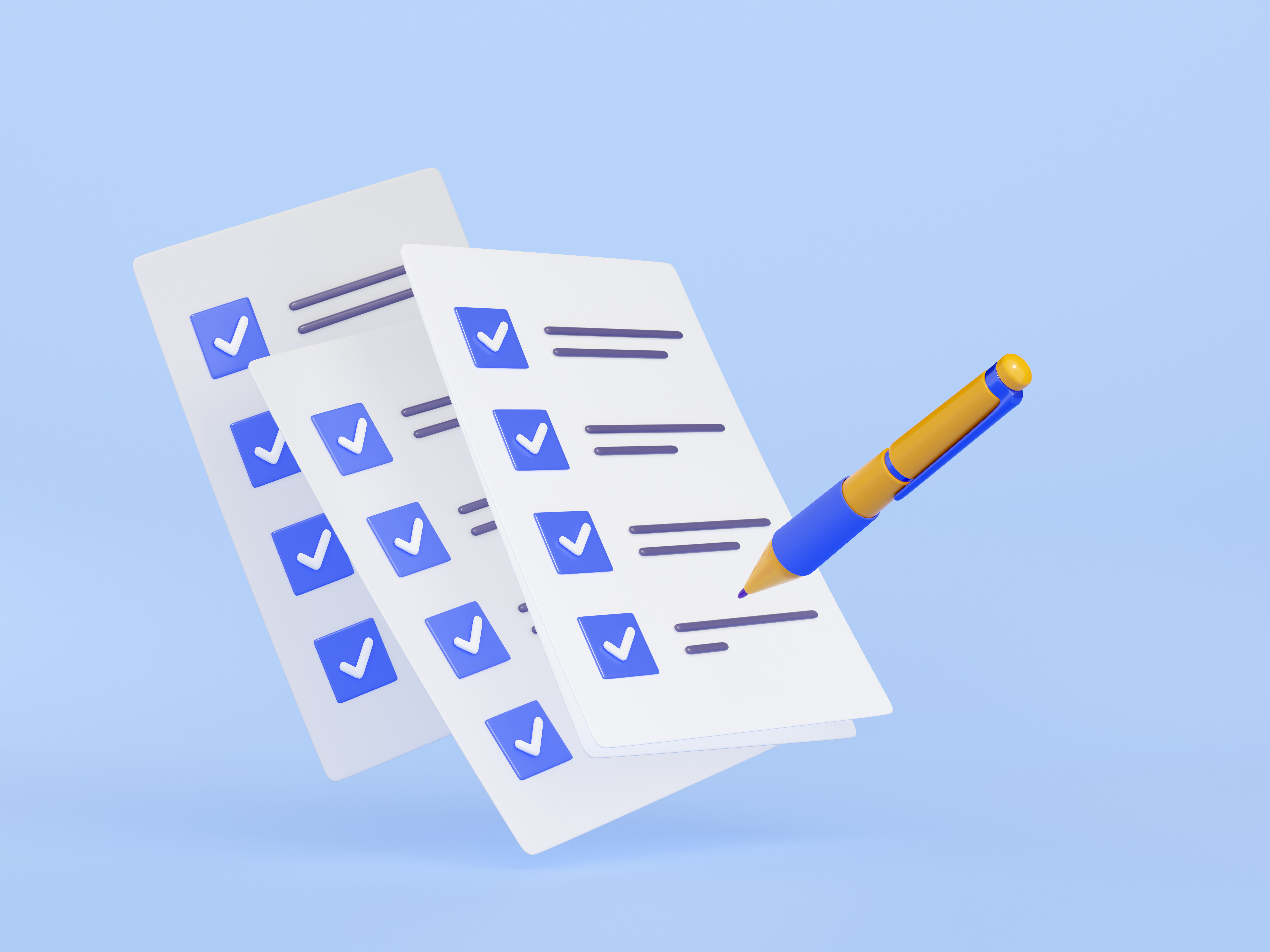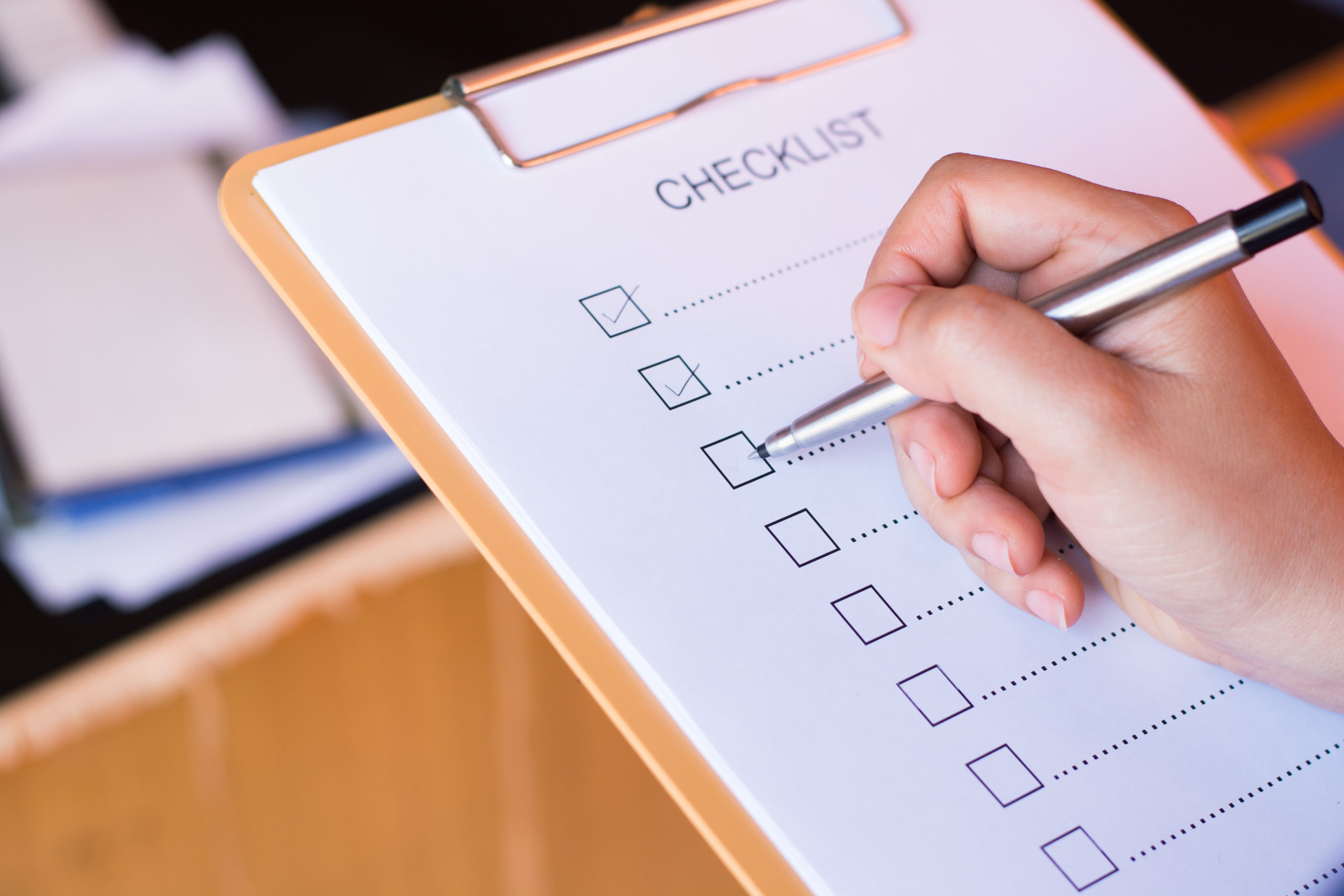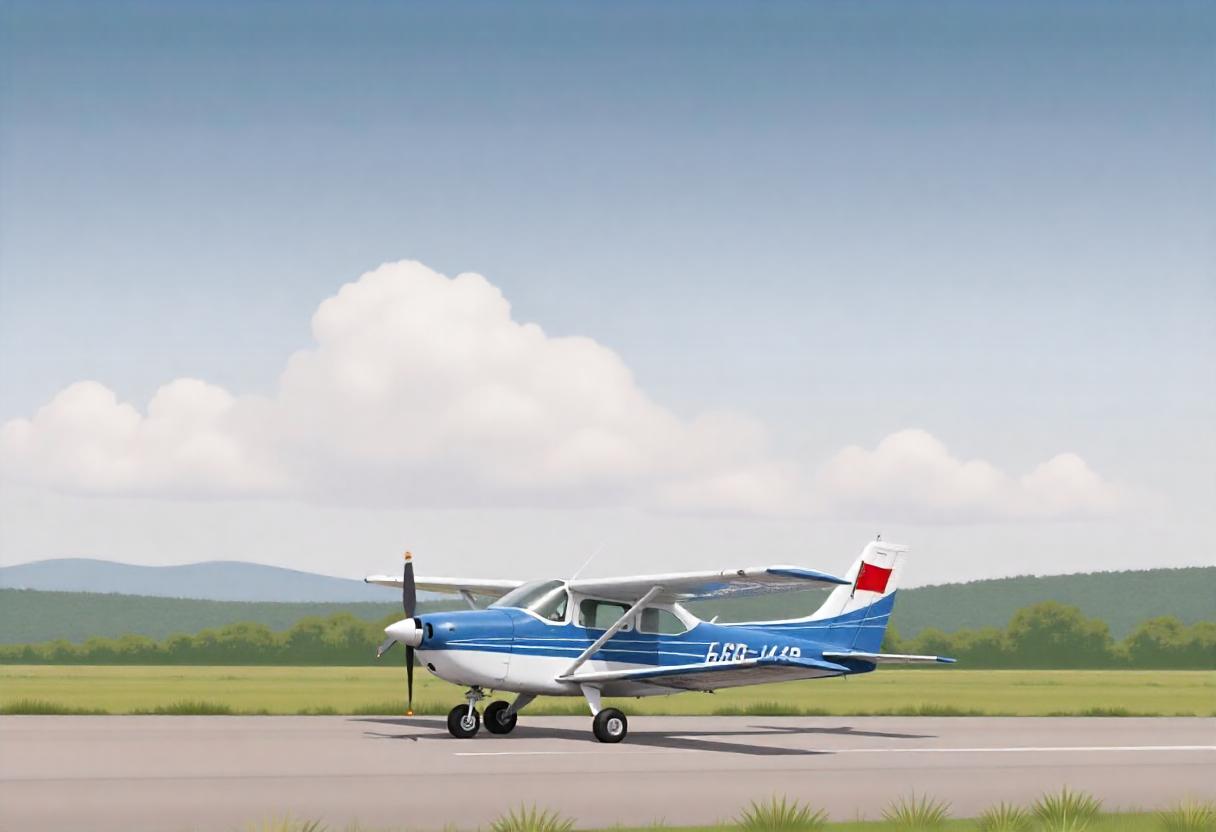 Your Private Pilot License: The First Step Toward the Airlines
Your Private Pilot License: The First Step Toward the Airlines
Earning your Private Pilot License (PPL) is your official entry point into the aviation world. You’ll be flying under the same FAA regulations, in the same controlled airspace, and communicating with the same air traffic controllers as professional airline pilots.
Just as important, this is where you’ll discover whether flying is a passion you want to turn into a lifelong career.
 The Importance of a Positive Start
The Importance of a Positive Start
Your Private Pilot training experience can make or break your pilot journey. A poor experience early on is one of the biggest reasons students walk away from aviation altogether. That’s why finding the right flight instructor and school is critical.
There may be dozens—or even hundreds—of instructors in your area, but not all of them will be the right match for your personality, learning style, or goals.
 How to Find the Right Flight Instructor
How to Find the Right Flight Instructor
Start by researching local flight schools online, then schedule visits. Let them know you’re serious about earning your Private Pilot License and that you’d like to meet or interview several instructors. Avoid being randomly assigned one—which is often the default process at many schools.
You’re looking for someone who:
Matches your communication and learning style
Is patient, supportive, and genuinely enjoys teaching
Makes flying safe, effective—and enjoyable

While many instructors are skilled pilots, not all are natural teachers. That’s why it's crucial to:
- Read reviews of the school and its instructors
- Talk to current or former students
- Ask for recommendations from local pilots or flying clubs
A great instructor will make training fun and inspiring—even during the challenges. A poor match, however, can make flying stressful and discouraging, leading many students to quit early.
 Inspect the Aircraft and Facilities
Inspect the Aircraft and Facilities
While visiting schools, take time to inspect the training aircraft and overall facility:
- Are the aircraft well-maintained and clean?
- Are there enough planes available to prevent scheduling delays?
- Does the school seem organized and student-focused?
This gives you a sense of how professionally the program is run and what your day-to-day training experience might be like.
 Use a Checklist to Evaluate Instructors
Use a Checklist to Evaluate Instructors
To help choose the right instructor, prepare a list of key questions and compare answers across multiple instructors. Some sample questions might include:
- How long have you been instructing?
- What’s your teaching style like?
- How do you handle students who struggle with a concept?
- How do you track student progress?
- How flexible is your schedule?
- What aircraft will we fly, and what’s your experience with them?
 Choosing the Right Flight Instructor: What to Ask and What to Know
Choosing the Right Flight Instructor: What to Ask and What to Know
Finding the right flight instructor is one of the most important decisions you’ll make when beginning your pilot journey. A good instructor can make flight training enjoyable, efficient, and motivating—while the wrong one can lead to frustration, delays, and wasted money.
Use this checklist of questions to guide your search. Be sure to interview multiple instructors and compare their responses before committing.

 Sample Questions to Ask Flight Instructors
Sample Questions to Ask Flight Instructors
1. How often should I fly each week to make good progress?
– Once a week, twice a week, three times?
Consistency matters. Listen to their recommendation and match it with your availability and budget.
2. What is your hourly instruction rate?
You may already know the school’s published rate, but it’s good to confirm directly with the instructor—especially if they charge differently for ground vs. flight instruction.
3. How do you structure and plan training?
Ask if they follow a syllabus and how they tailor lessons to your learning pace.
4. What do you expect me to do before each lesson?
Good instructors will give you reading, pre-lesson briefings, or flight review exercises to help you stay on track.
5. How many hours do your students typically take to complete their Private Pilot License?
This helps set realistic expectations and gives insight into how effective their instruction has been for other students.
6. What’s your cancellation policy?
Many schools charge fees for cancellations made within 24 hours due to the tight scheduling of instructors and aircraft. Make sure you understand the terms.
 Narrowing Down Your Instructor Options
Narrowing Down Your Instructor Options
Meeting your potential instructor in person is essential. A quick 5–10 minute conversation can give you a sense of their personality, teaching style, and enthusiasm. During the meeting:
Ask your checklist questions
Discuss your goals and concerns
Ask how your first lesson would be structured
Confirm the registration and TSA approval process
At the end, thank them for their time and let them know you’ll follow up soon with a decision. Do not commit on the spot. Interview all your top choices first.

 What If You’re Considering a Flying Club or Independent Instructor?
What If You’re Considering a Flying Club or Independent Instructor?
Flying clubs often provide:
- More affordable aircraft rental rates
- Experienced, personable instructors
- A supportive aviation community
However, some independent instructors may lack a structured syllabus. Ask to see their training plan so you know what to expect from start to finish. A fun, competent instructor using a clear syllabus is key to long-term success.


For your Private Pilot License, most students are better off starting at a Part 61 flight school or flying club, rather than jumping into a professional Part 141 program.
Why?
Part 141 schools are designed for accelerated, career-track students.
Their instructors are often younger, less experienced, and focused on moving quickly to the airlines.
While competent, they may lack the deeper teaching experience that benefits new students.
These programs are also less flexible, with rigid schedules and standardized training that may not suit your learning pace.
On the other hand, Part 61 schools offer:
More personalized training
Flexible scheduling
Often lower costs
Instructors who have logged thousands of hours and love to teach, not just time-build
 Final Thoughts
Final Thoughts
Successful Private Pilot training is a balance of:
Competence
Flexibility
Enjoyment
If training isn’t fun and your instructor isn’t a good fit, it’s unlikely you’ll stick with it. Take the time to find the right match. Your aviation journey depends on it.

Comments are closed.